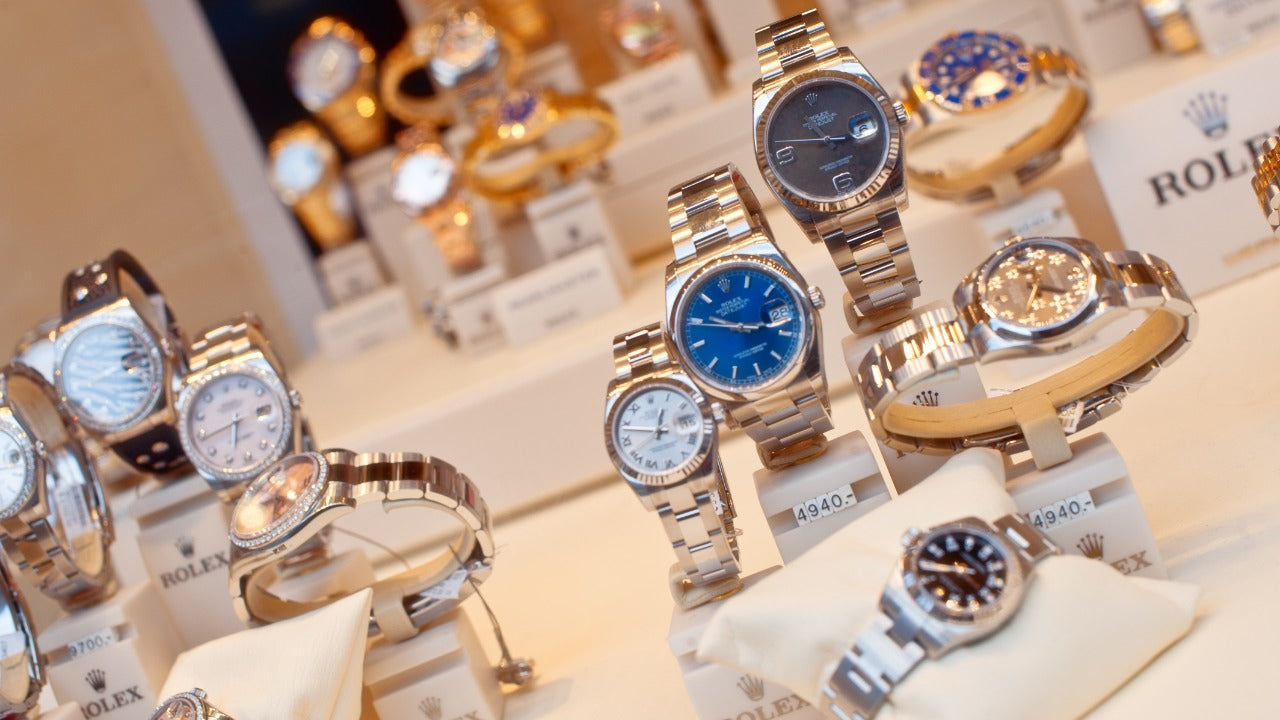The second-hand watch market has grown exponentially in recent years, attracting both seasoned collectors and newcomers alike. With the allure of finding rare timepieces and securing them at more affordable prices, it's no wonder this market has gained such popularity. However, navigating the second-hand watch market comes with its own set of challenges and risks. In this blog post, we’ll explore the pros and cons of buying second-hand watches and provide you with essential tips to ensure your purchase is safe and authentic.
The Pros of Buying Second-Hand Watches
1. Affordability
One of the most significant advantages of the second-hand watch market is the potential for finding great deals. Pre-owned watches often come at a fraction of the price of new models, allowing you to own luxury timepieces without breaking the bank. This affordability opens the door to a wider range of watches that might otherwise be out of reach.
2. Access to Rare and Discontinued Models
The second-hand market is a treasure trove for rare and discontinued models. Collectors can find vintage pieces, limited editions, and watches that are no longer in production. This access adds a unique charm and exclusivity to your collection.
3. Value Retention
Many luxury watches hold their value well over time, and in some cases, appreciate. Buying second-hand can mean that someone else has already absorbed the initial depreciation, allowing you to invest in a watch that may maintain or even increase its value.
The Cons of Buying Second-Hand Watches
1. Risk of Scams and Fraud
The second-hand market can be a minefield for scams and fraud. Unscrupulous sellers may misrepresent the condition of a watch, sell counterfeit pieces, or engage in outright fraud. This risk makes it crucial to do your due diligence and verify the authenticity of the watch and the credibility of the seller.
2. Lack of Warranty
Pre-owned watches may not come with the manufacturer's warranty, leaving you responsible for any repairs or maintenance. This lack of warranty can be a drawback if you encounter issues with the watch after purchase.
3. Potential for Wear and Tear
Second-hand watches may show signs of wear and tear, affecting their appearance and functionality. While some collectors appreciate the character that comes with a well-worn watch, others may prefer the pristine condition of a new timepiece.
Tips for Safely Navigating the Second-Hand Watch Market
1. Research Reputable Dealers
Start by researching reputable dealers and platforms known for their integrity and customer service. Look for dealers with positive reviews, industry certifications, and a solid reputation within the watch community. Trusted platforms like Chrono24, WatchBox, and Bob's Watches are known for their stringent authentication processes and buyer protections.
2. Verify Authenticity
Ensure the watch you're considering is authentic by checking its serial number, model number, and other identifying features against official records. Many reputable dealers provide authenticity guarantees and detailed documentation, including original box and papers. If possible, have the watch inspected by a certified watchmaker or an independent authentication service.
3. Understand the Market Value
Before making a purchase, research the market value of the watch to ensure you're getting a fair price. Compare prices across different platforms and dealers to get a sense of the going rate for the model you're interested in. Be wary of deals that seem too good to be true, as they may be indicative of counterfeit or stolen goods.
4. Ask for Detailed Photos and Descriptions
Request detailed photos and descriptions of the watch, including close-ups of the dial, case, movement, and any identifying marks. Pay attention to the condition of the watch and any signs of wear or damage. A reputable seller will be transparent about the watch's condition and provide comprehensive information.
5. Check Return Policies and Warranties
Review the return policies and warranties offered by the seller. A reliable dealer should offer a reasonable return policy and stand behind the authenticity and condition of their watches. This protection gives you peace of mind and a recourse if the watch does not meet your expectations.
6. Use Secure Payment Methods
When making a purchase, use secure payment methods that offer buyer protection, such as credit cards or reputable escrow services. Avoid wire transfers or other payment methods that do not provide recourse in case of disputes.
7. Join Watch Communities
Engage with watch communities and forums to seek advice, share experiences, and learn from other collectors. Communities like Watchuseek, Reddit's r/Watches, and dedicated Facebook groups can provide valuable insights and recommendations.
Conclusion
The second-hand watch market offers exciting opportunities to acquire luxury timepieces at more accessible prices and discover rare and discontinued models. However, it also comes with risks that require careful navigation. By doing your due diligence, verifying authenticity, and choosing reputable dealers, you can confidently explore the second-hand market and find the perfect watch to add to your collection. Remember, the key to a successful purchase is knowledge and caution—ensuring that your investment is safe and your watch is authentic. Happy hunting!


